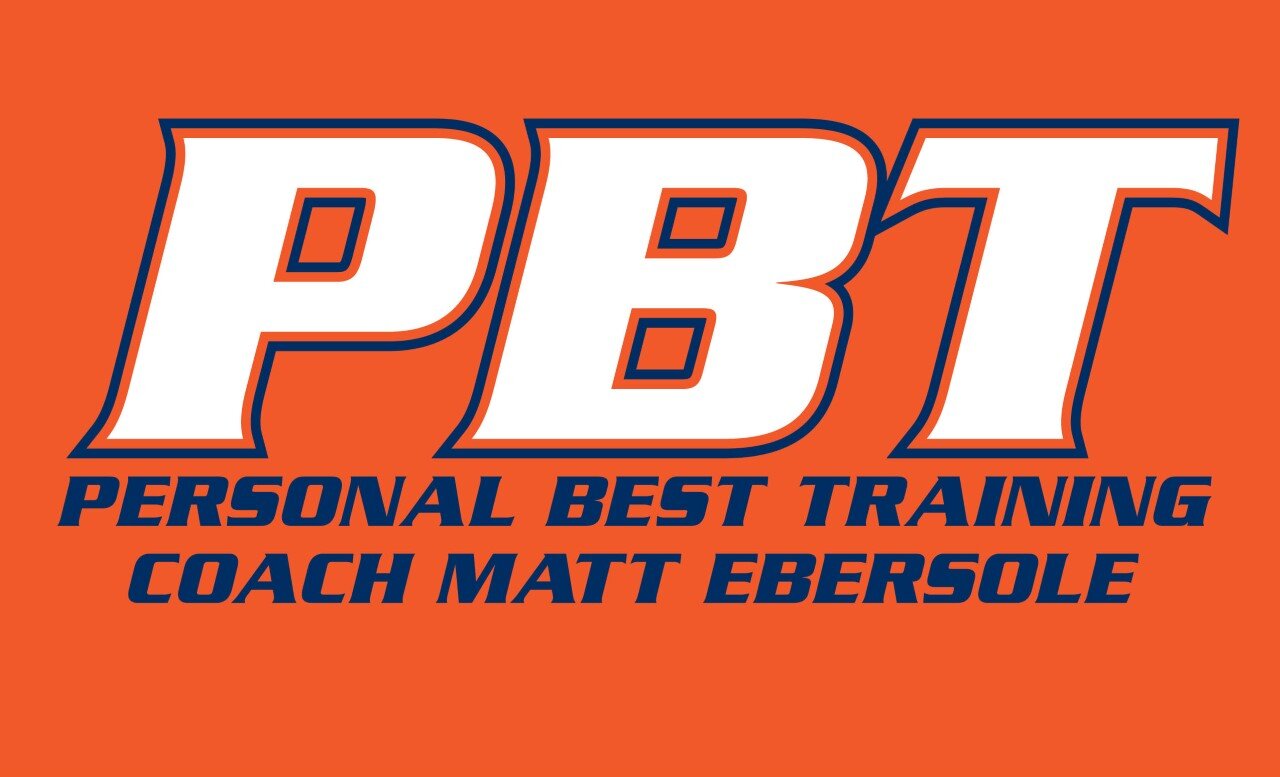Other than a few adventurous win or die trying types, the first marathon objective is to make it to the finish. After that is no longer in doubt, the challenge becomes about getting to the finish before the clock strikes your personal midnight. For many, your personal midnight has been determined by our friends at the Boston Athletic Association. And then for some it becomes about being faster than the rest. While there is overlap between how the finishers, pacers, and racers should perform their long runs, we will pretend for the purposes of this post that each prepares in their own way.
Collin Trent finished, paced (his fastest and slowest miles were within 9 seconds, -5/+4 of his average pace), and raced, finishing 20th at Monumental 2016.
Finishers need to focus on, well, finishing their long runs. Keep moving and show off early at your own peril. Slower is fine if it allows you to complete gradually increasing longer runs. For first time marathoners this can be all kinds of fun as you might be running the longest distance you have ever run on a regular basis as you build towards your longest, somewhere in the neighborhood of 20 miles, before going 26.2 on race day. This is pure endurance training done specifically to keep moving without regard to pace.
Pacers have typically already finished a marathon or two or have the resume that leaves little doubt of their ability to do so. Now thinking about the specific demands on the legs and lungs over the actual last half of the race (10K, not the mathematical half, 13.1M) becomes paramount. Running slow for 20 miles in training is not an effective way to prepare to run faster for 26.2. The lungs need to be trained to be working as sub maximally as possible while the legs can handle the tension of a well paced race until the end. Running faster workouts along with some higher intensity work added to the long runs will prepare the last of the muscle fibers called upon for service to produce the force needed to maintain the stride length necessary to maintain pace. The ways to recruit the last fibers in training are only limited by imagination but they all include quads and other strategic muscles on the verge of going AWOL often accompanied by heavy breathing. I have written a related post on goal pace running.
Racing the marathon is a bit different than shorter distances. In most races it is you versus them. In the marathon it is you and your teammate, the distance, against them. Even if you cannot cover the moves of your competitors, the distance itself may finish them off for you. So simultaneously you will need to be aware of what those around you are doing, but also your own personal very real and unforgiving limits. True racing not only requires your ability to run a strong pace, but stay in the race after going a little too hard and recovering at that strong pace. In addition to everything the Pacers will do in their training, races will need to add elements to their long runs that put them just enough over the edge of their limits that they can bring it back again without having to slow or stop.
Clarifying your marathon goal and current fitness will help you determine the right mix for your marathon success.

